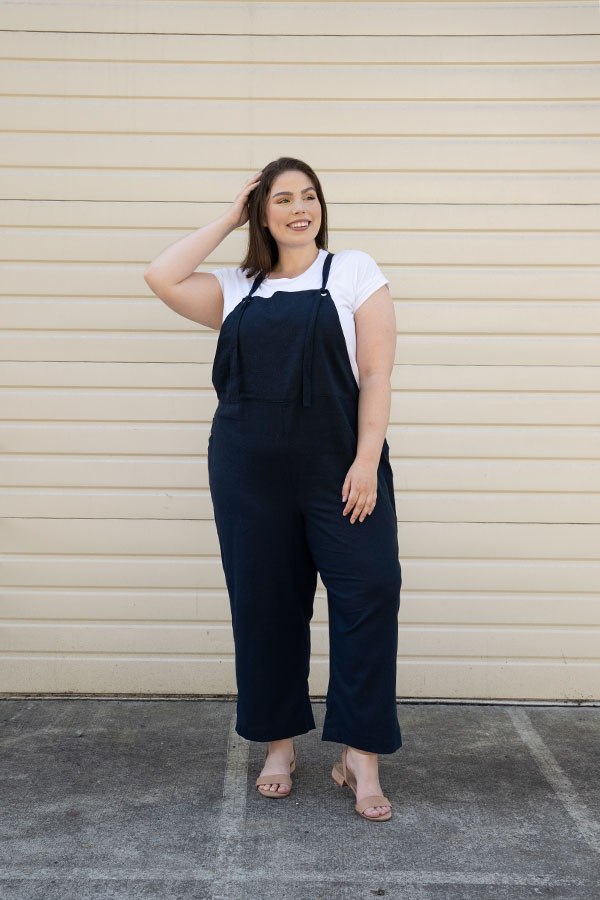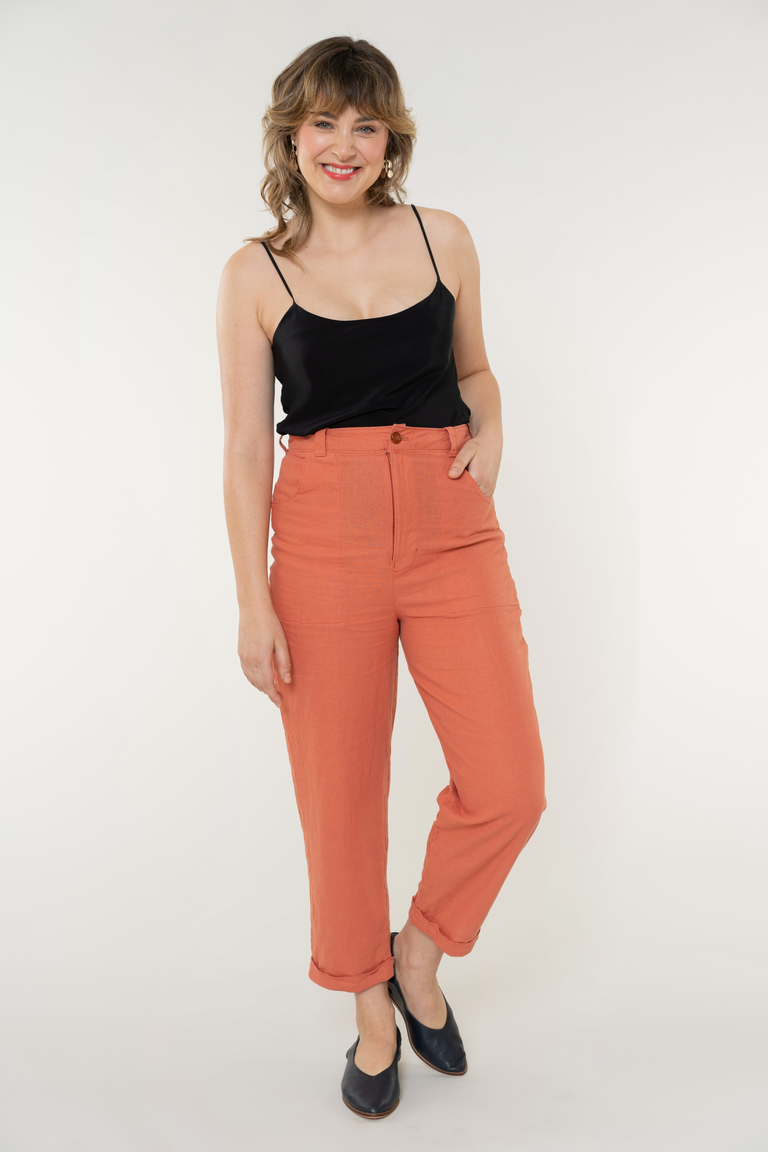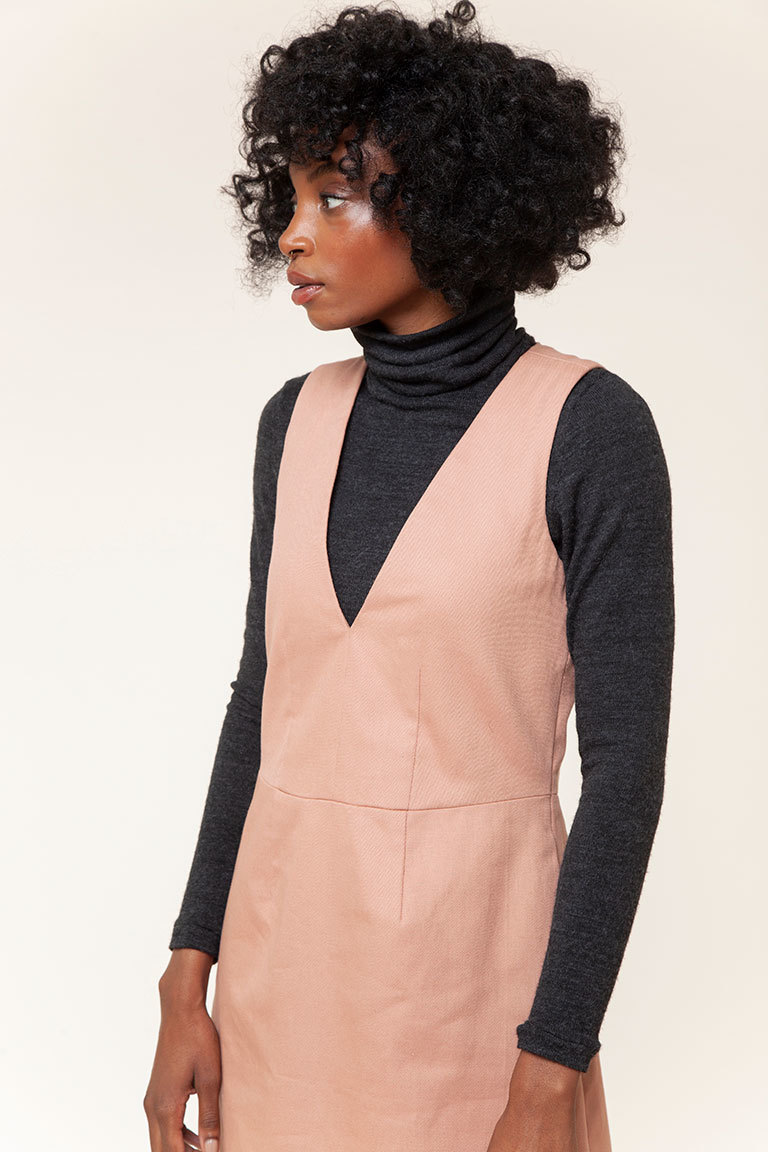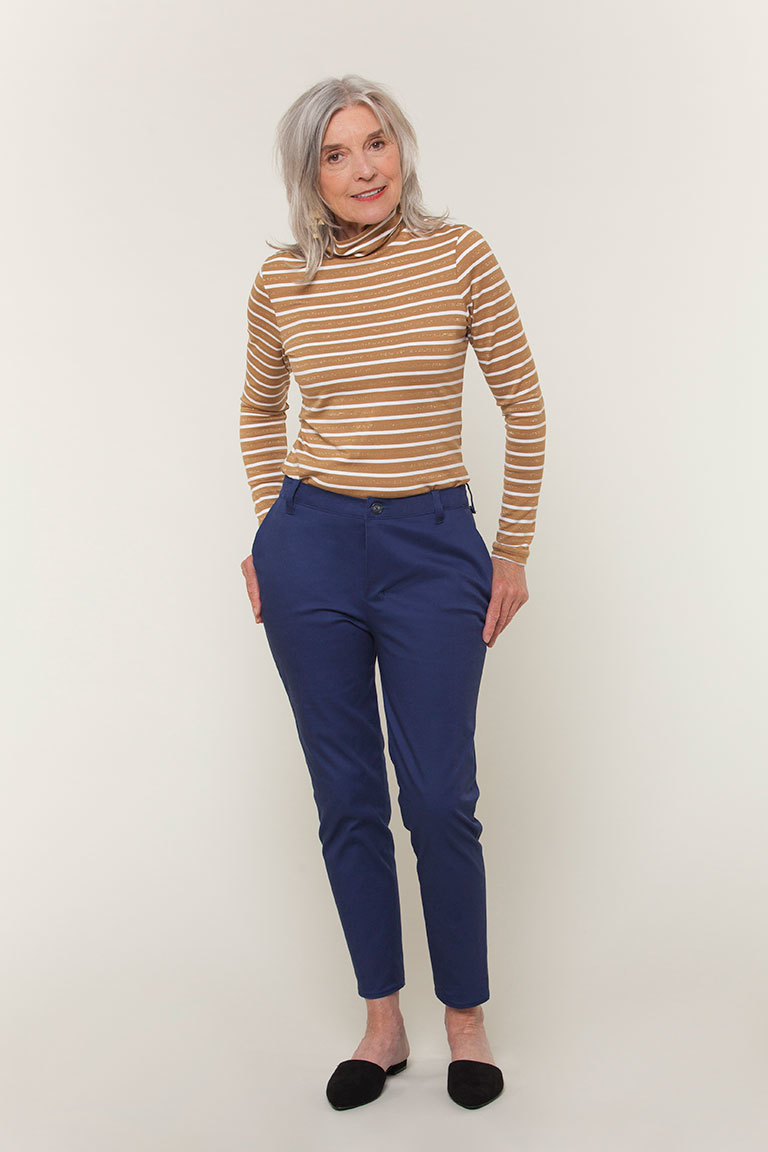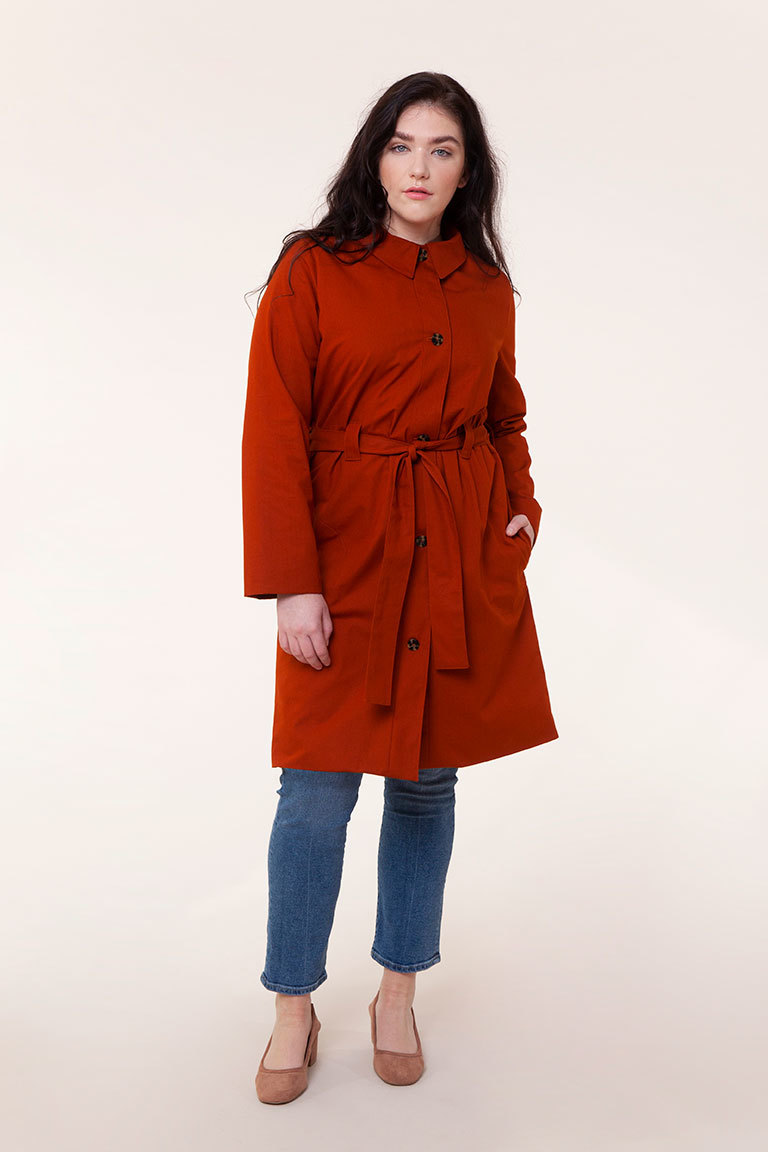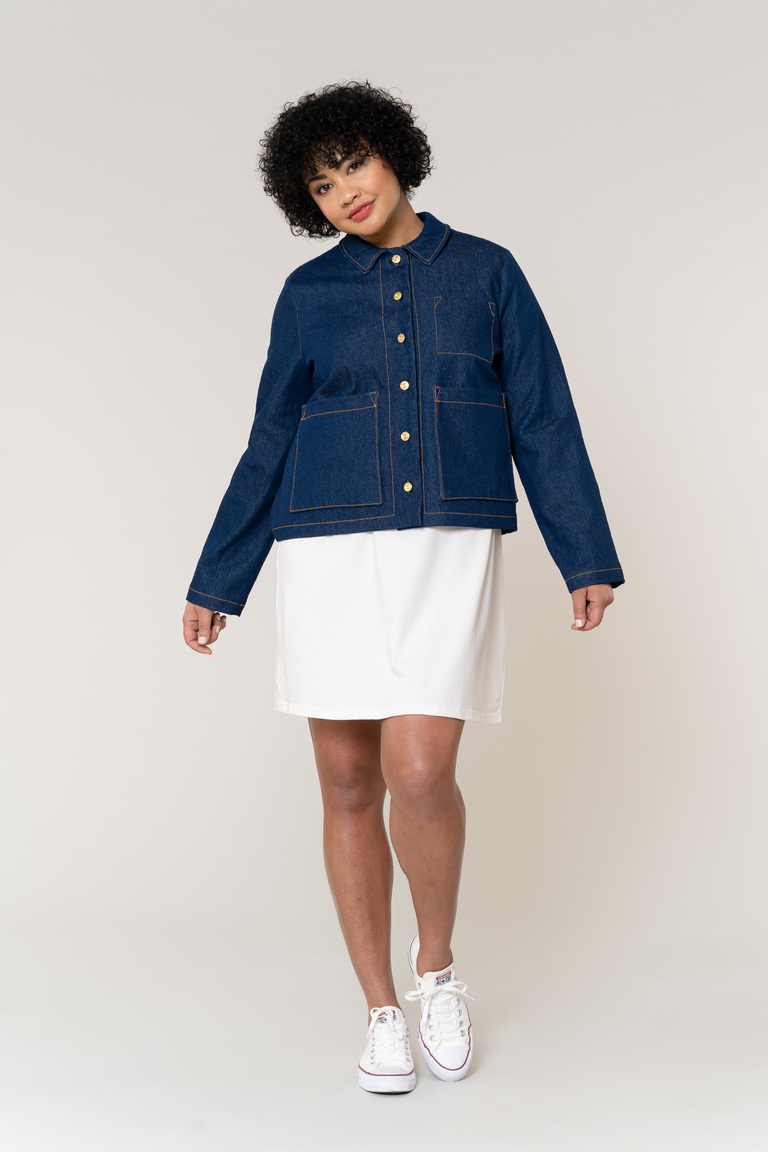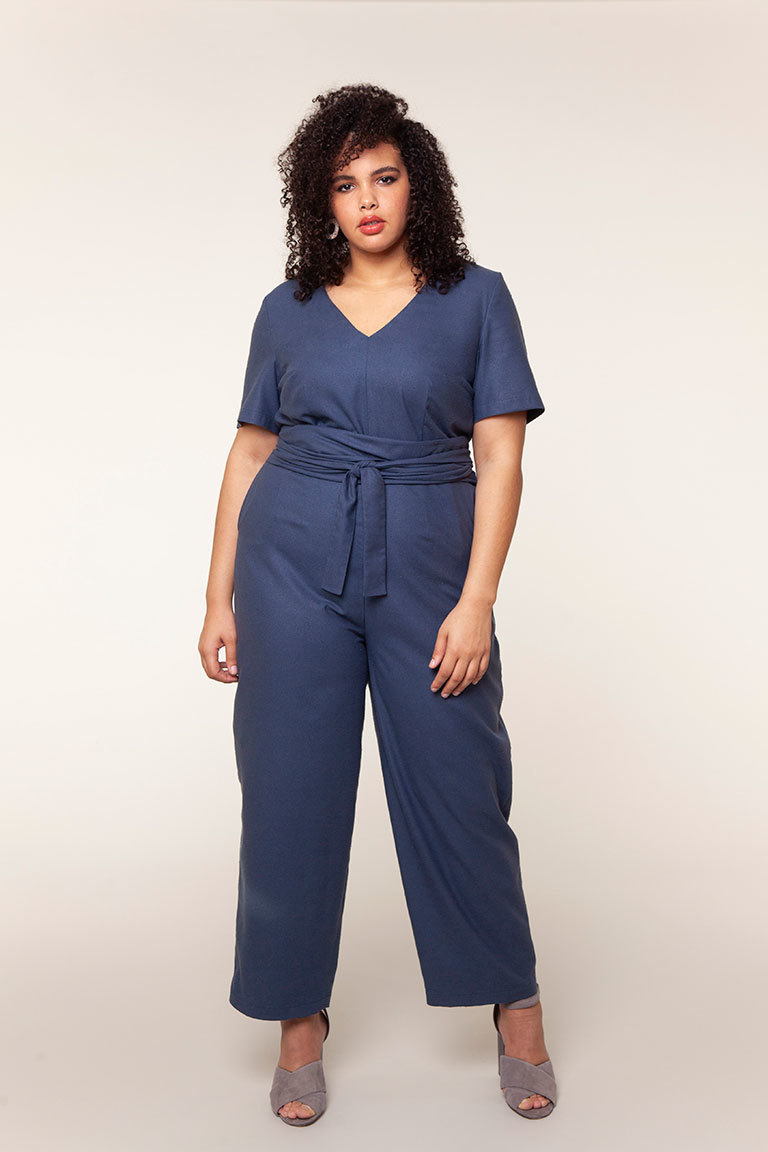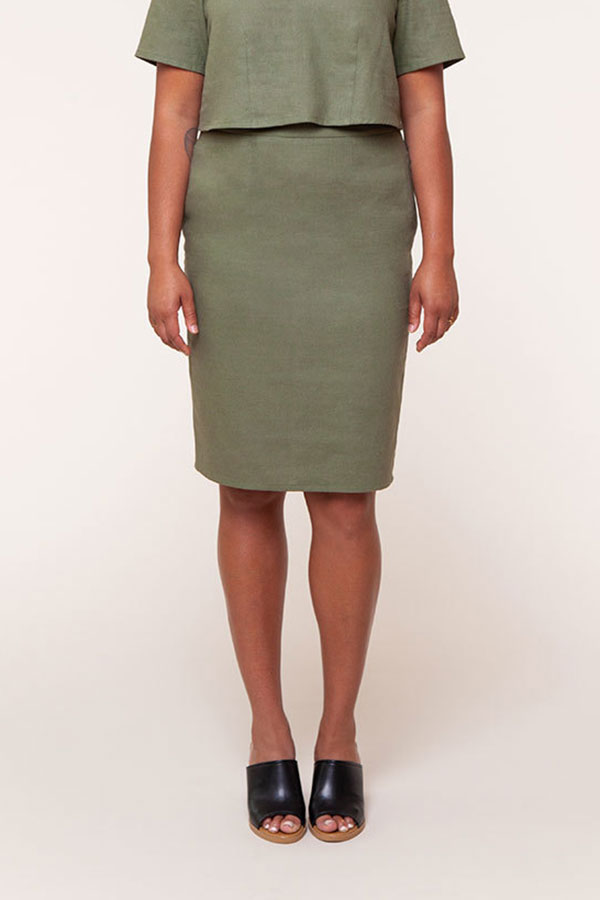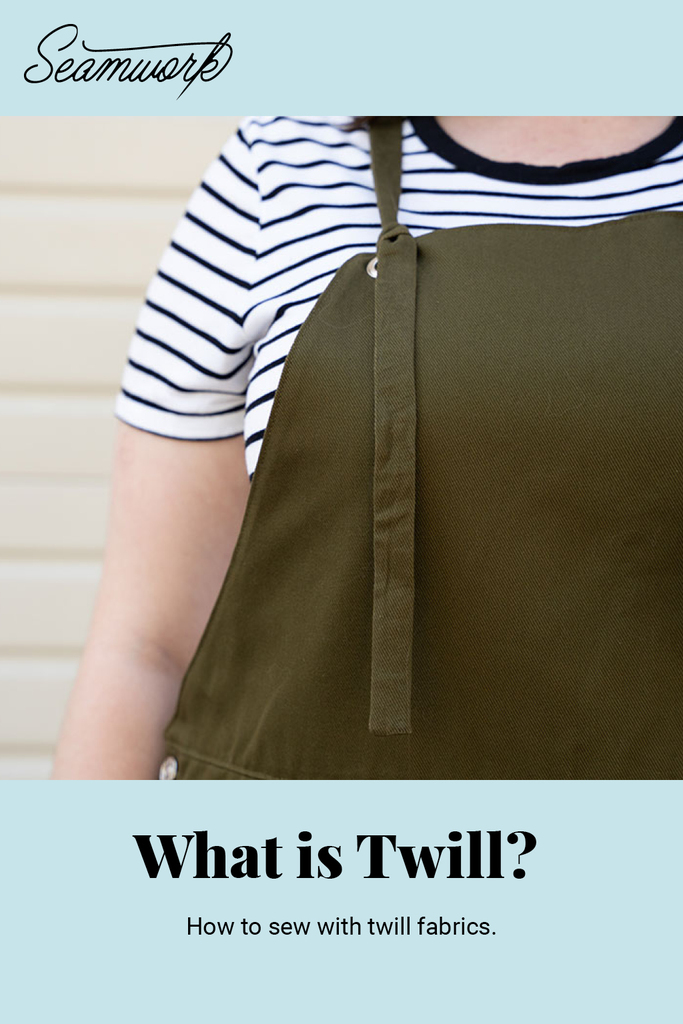Have you ever worked with a pattern that requires twill fabric and wondered, what exactly is twill? Twill describes how the fabric is woven, so you can find twills made of many different fibers, like cotton, wool, rayon, lyocell, silk, and polyester. How do you know if a fabric has a twill weave? Think about your favorite pair of denim jeans. You know those little diagonal lines on the fabric? That's evidence of a twill weave.
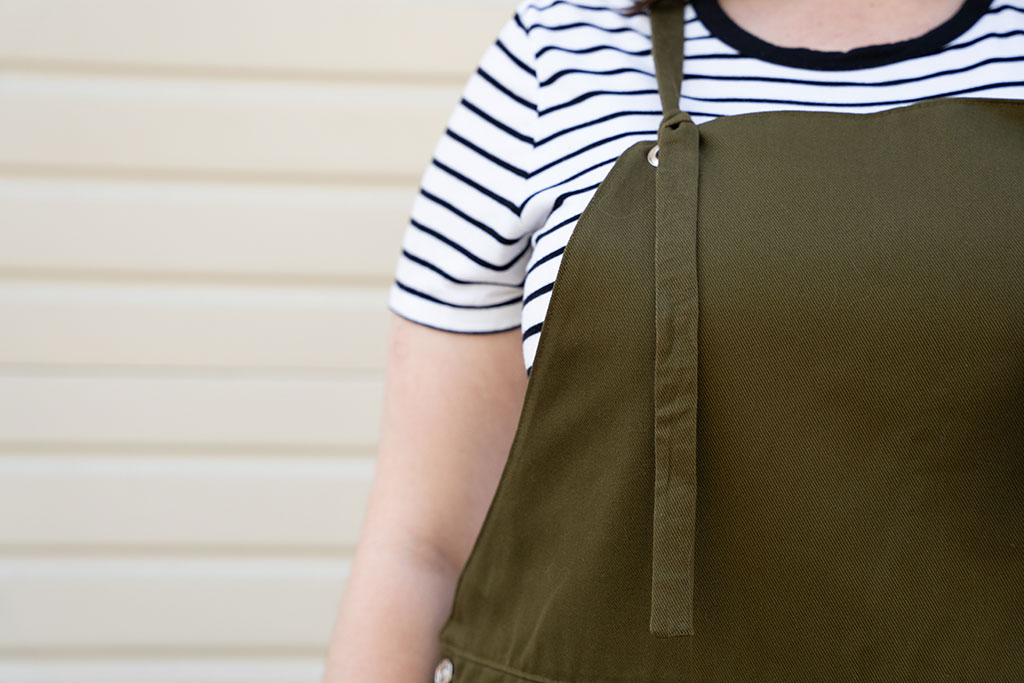
What is a twill weave?
Here's a quick crash course on weaving. If you want to read more about the different types of weaves for fabrics (don't worry—there are only three: plain, twill, and satin), pick up a textiles book, study a loom, or watch some YouTube videos, like this classic explanation here.
When a fabric is woven, warp yarns run along the fabric's length, and weft yarns run from selvage to selvage. Twill fabrics have a diagonal weave, so all that means is that a weft thread is woven over a warp thread and then under two (or more) warp threads. This creates a diagonal channel called a wale—similar to the wales on corduroy—that you see on your fabric's surface. A twill weave is tight, which creates durable fabric while preserving a drape ideal for garment sewing, as evidenced by expertly tailored suits which often use twill.
What does twill look like?
Compare a swatch of denim to a swatch of chambray. They look similar in color, and you might use them to sew similar patterns, but chambray is a plain weave. You won't find the diagonal weave you see on denim.

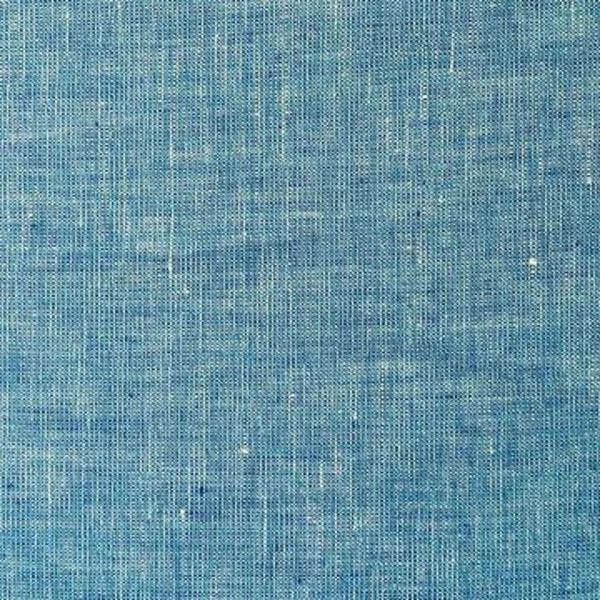
Twills do have right and wrong sides. Again, think about denim. In denim, the warp yarns are usually indigo-dyed, and the weft yarns are undyed or bleached, all before they are woven together into denim. That's why the inside of your jeans is often a different color than the outside.
Popular twills for garment fabric other than denim include tweed, houndstooth, chino, gabardine, and herringbone. You can find cotton, rayon, wool, or polyester twills, and stretch twill with added spandex.

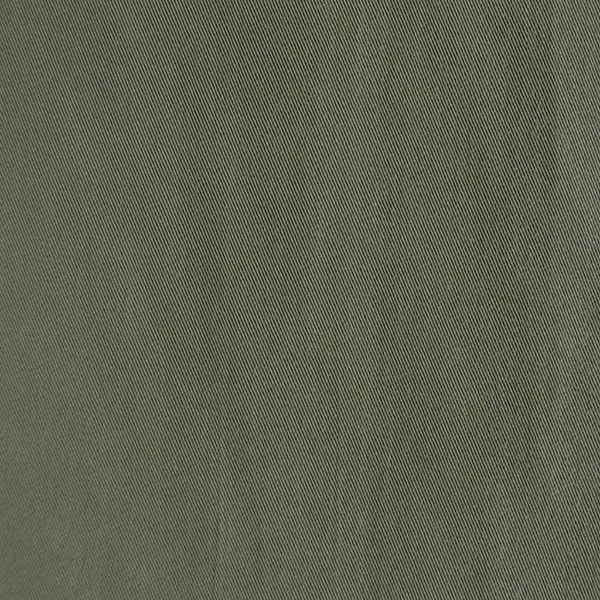
Twill weaves all look so different because you can vary the number of warp threads that the weft passes over or under to create zigzags, points, and other designs.
How do you sew twill?
When cutting twill projects, keep the direction of twill in mind. It's subtle, but you will notice if it is off-grain or panels don't match, so treat it like any other napped fabric. This is why twill is not ideal for some bias-cut projects.

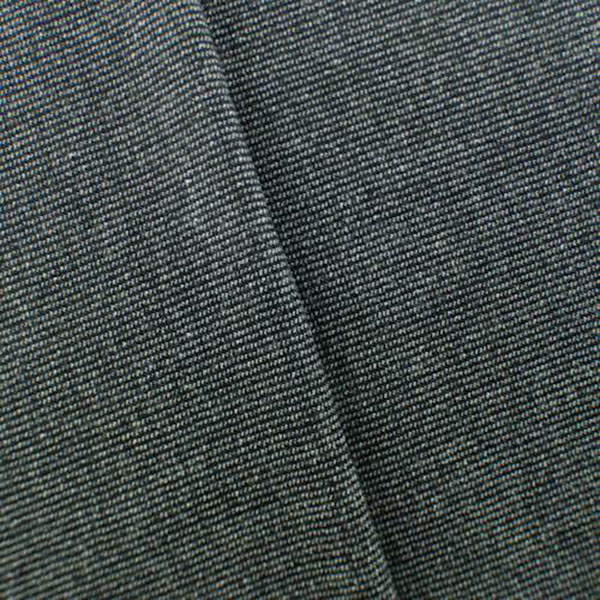
Twill hides stains better than plain-weave fabrics, and it's less prone to wrinkles because of its weave, and if you are using a 100% cotton twill, it handles being washed in the machine very well. Take more care with rayon, wool, or silk.
What Seamwork patterns work for twill?
Twill takes on the properties of the fiber it's made of. Lyocell (brand name Tencel) twill will have more body and drape, and chino will have a durable, stable structure. When you are shopping, think about the properties and weight that is appropriate for your garment. Bottom-weight fabrics work well for pants, skirts, and jackets. Lyocell, rayon, and wool twills work well for skirts, blazers, or any project where you need a little more drape. Finally, stretch twills are a nice option for pencil skirts, blazers, and many pants and shorts.
